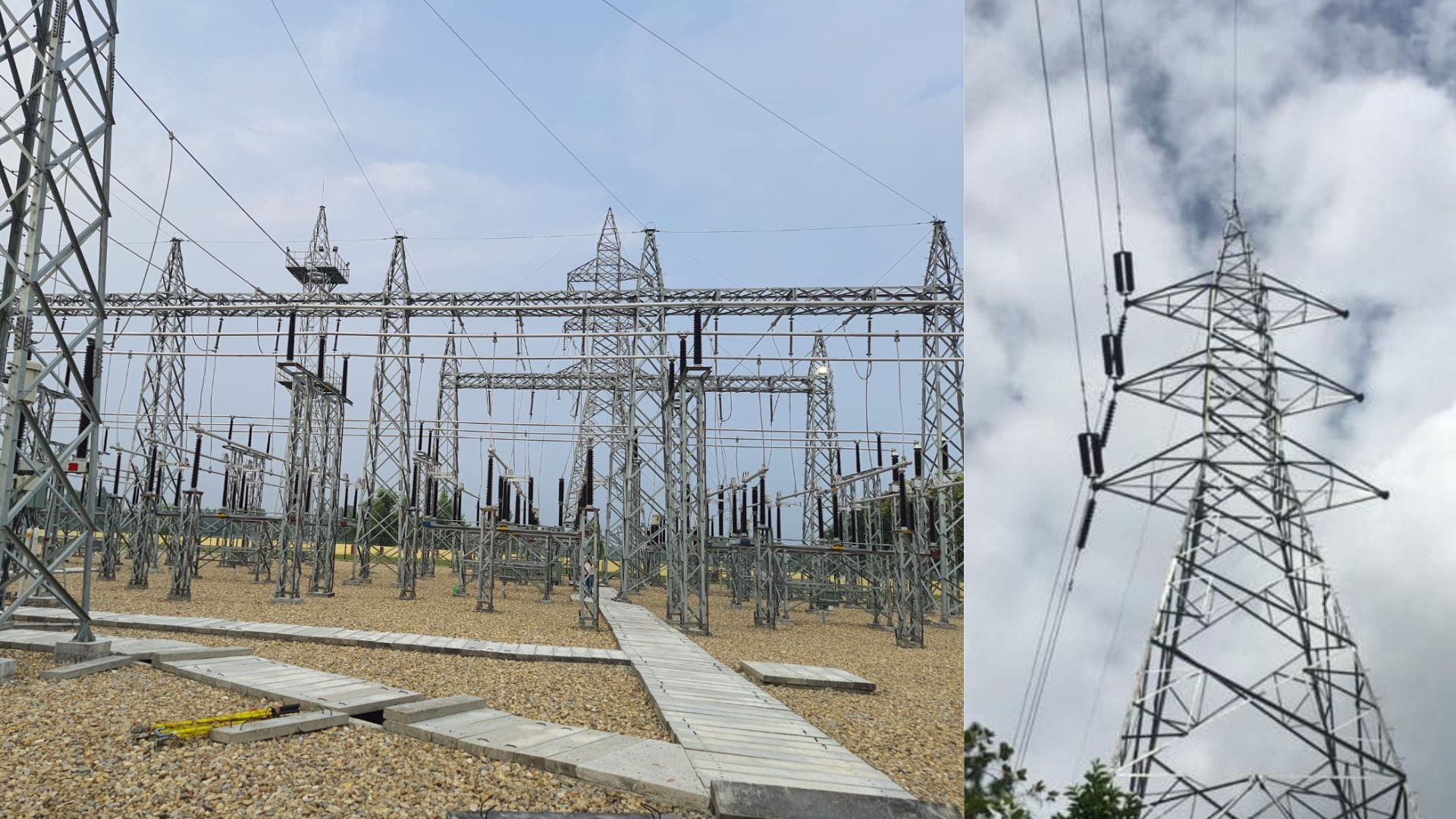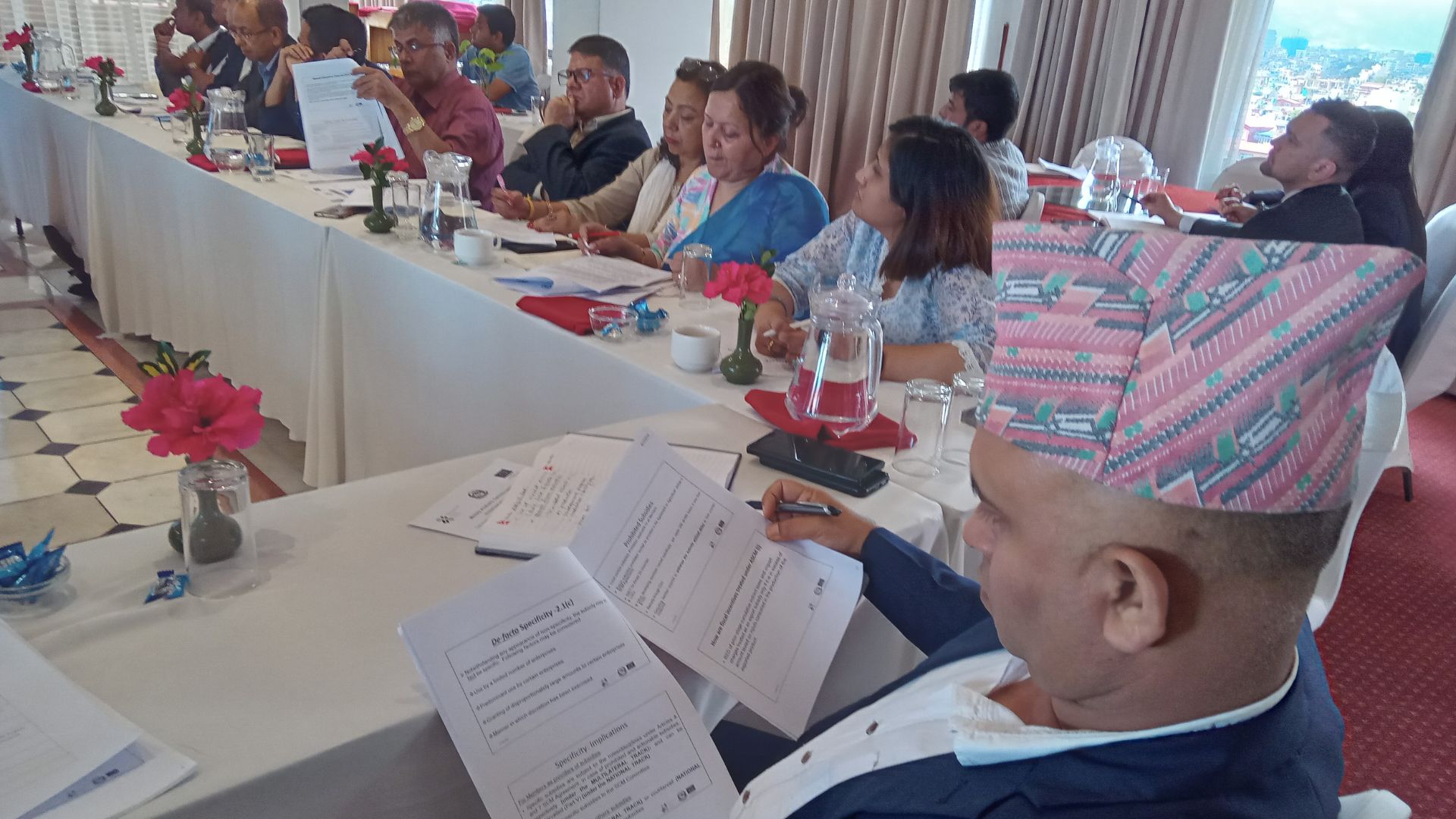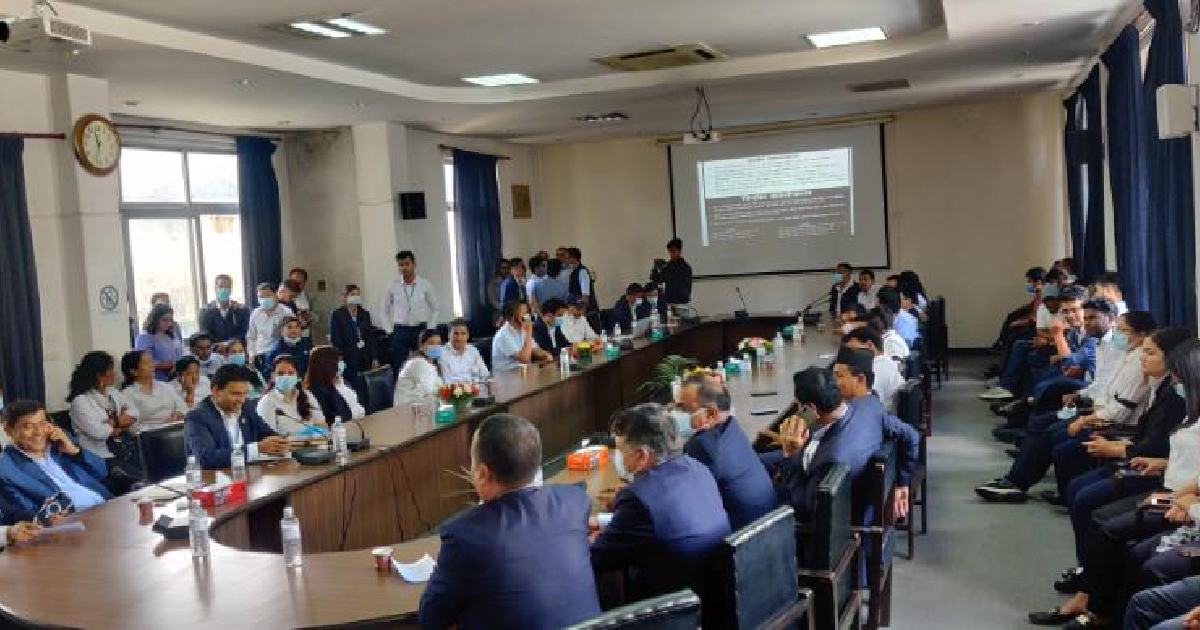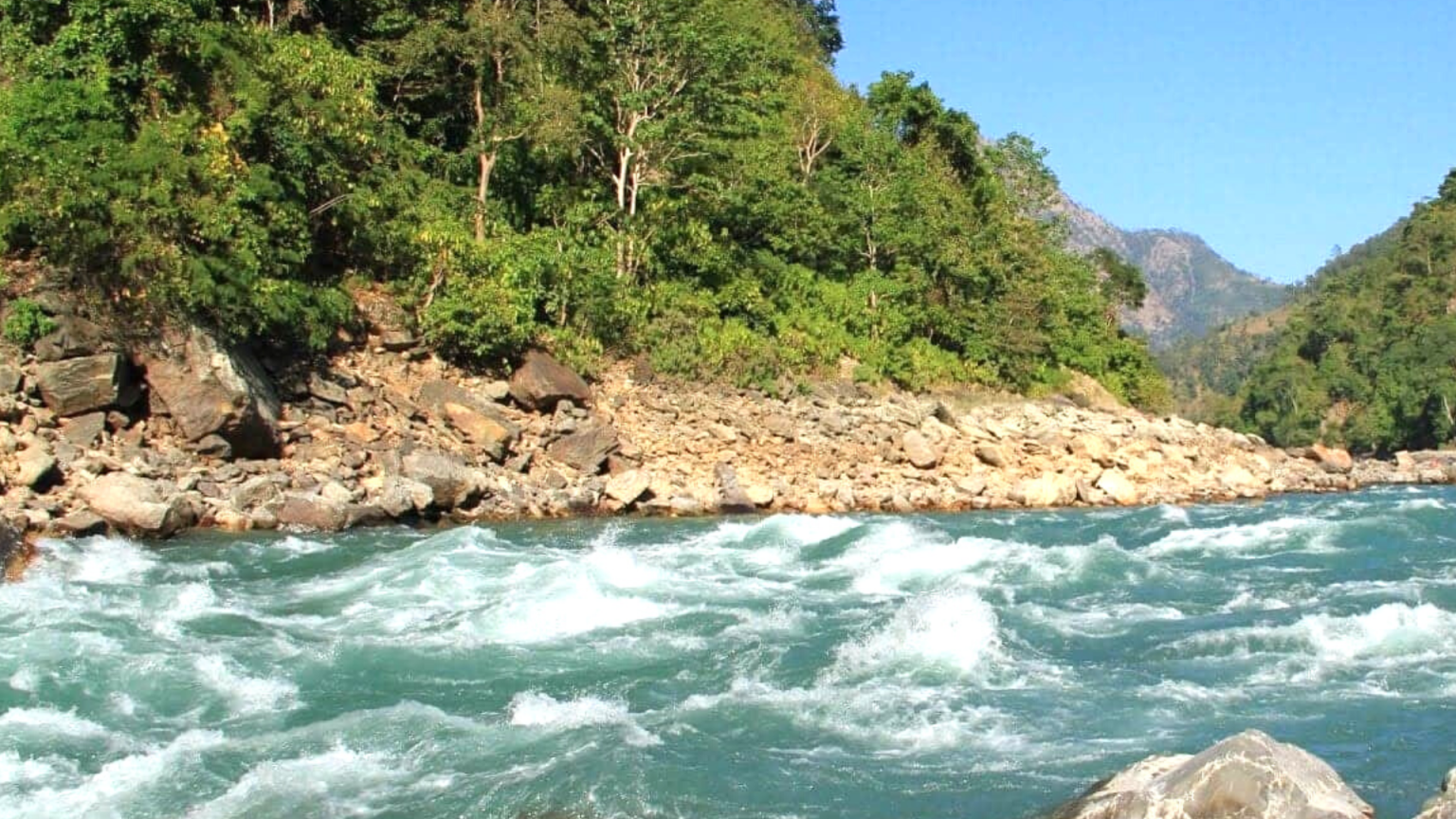

Udaipur Cement Industry, a state-owned cement producer, has been operating since 1987. This company has been producing ‘Gaida’ brand cement. Due to various reasons, the company faced various obstacles including interruptions in power supplies, leading to frequent halts in operation. At that difficult time, Gopikrishna Neupane took charge of the management with great vigor. Neupane has been leading the management of the company for the last couple of years as the General Manager. Neupane, after 24 years of service in Chaudhary Group, Nepal’s leading business group, has been using his managerial skills in the company. A Master of Business Administration and Master of Laws, Neupane has been in the top management since January 1, 2021. Talking to Dhana Dhakal and Bhim Gautam of Nepal Infrastructure, Neupane discussed in detail the current position and future plan of the company at a time when competition is growing with the increasing number of players in the market. Neupane has accorded high priority to increasing production volume and expanding the market of the company’s products given the tough competition among more than five dozen cement producers in the country.
How was Udaipur Cement Industry when took the helm of the company?
When I took the responsibility of the General Manager, the condition of this company was very pathetic in terms of physical infrastructure and financial position. Physical structures, necessary raw materials, and good governance are the key to the sound functioning of any manufacturing company. The 29 years old company’s physical infrastructure was in a dilapidated state due to a lack of proper maintenance and the raw material stock was poor. Level of governance at its lowest ebb. Let alone other things, none of the copies of the annual general meetings (AGMs) was submitted to the office of the company register. The AGM is could not happen in the last 14 years. If we talk about the financial aspects, I inherited financial liabilities of Rs 650 to Rs 700 million. All employees were frustrated with the deteriorating condition of the company, which was suffering huge losses every year and lacking the required infrastructures.
What are the initiatives you took to revive the company?
After I came to the leadership, I managed to maintain a sufficient inventory of raw materials and brought the industry into a functional position. The company’s clinker was sold and converted into money. I managed to provide pending salaries to the employees and pay tax dues. For proper management of human resources, I had Organization and Management (O&M) survey conducted, which showed that the company can be effectively run by 530 employees, the number well below the existing 782. Altogether 450 employees are directly employed in the factory. I managed to conduct 34th AGM in May after the interval of almost one and a half decades. Now I have brought the industry to a position where it can regularly hold general meetings every year.
During load shedding, the company provided electricity to locals through its dedicated feeders and paid feeder charges itself, bowing to the demands of locals. Such arrangement had added a financial burden of Rs 500 per month to the company. After I took charge as the General Manager, resolve the problems in consultation with local administration and Nepal Electricity Authority (NEA) officials. I made efforts for two years to settle the issue. To resolve the long-standing environmental problem of dust and smoke, I took the initiative to operationalize another chamber of Environmental Protection (EP).
For proper management of human resources, I had Organization and Management (O&M) survey conducted, which showed that the company can be effectively run by 530 employees, the number well below the existing 782. Altogether 450 employees are directly employed in the factory. I managed to conduct 34th AGM in May after the interval of almost one and a half decades. Now I have brought the industry to a position where it can regularly hold general meetings every year.
With two (out of three installed there) functional chambers, issues of air pollution have been resolved. There are no complaints from local residents that the environment has been polluted. Preparations are being made to repair the third chamber of EP. I have been bringing employees’ trade unions on board to implement the company’s initiatives giving no space for politics within the premises of the factory. I also initiated the practice of paying salary and overtime allowances to staff as per the scheduled date. Medical benefits are also regularly paid to the staff as per rules. To sum up, I would say, the situation is getting better in the company in terms of financial position and governance.
How is the factory running now and what is your future plan?
Ever since I assumed responsibility, I put increasing production and expanding the market on top priority. The company is running well with daily production of 200 metric tons. Gradually we are reaching the stage of producing 400 metric tons. Now we are working with the target of producing 2.4 million sacks annually. Now it has reached about 2.1 million sacks annually. Now we are working on monthly and annual production plans.
We need to boost our products and strengthen the supply system to expand our market. We have the capacity to produce 800 tons per day, well above the existing 200 tons. We have set the goal of running the industry at full capacity and reaching the production capacity of 1100 metric tons in the long run.
By 2020/21, the company suffered an accumulated loss of Rs 300 million. Now that loss has been compensated and the company has reached a position to earn profit. My focus is now on increasing production to raise profit volume proportionately. As per a study, the company owns 73.5 million tons of limestone deposits. Since the company’s establishment, only 12 percent of the limestone stock has been mined. It is a fact that 98.5 percent of raw materials being used in the factory are indigenous with high quality. The quality of ‘Gaida’ cement is unmatching that of other producers.
I have seen the huge potential to expand our market. We need to boost our products and strengthen the supply system to expand our market. We have the capacity to produce 800 tons per day, well above the existing 200 tons. We have set the goal of running the industry at full capacity and reaching the production capacity of 1100 metric tons in the long run. In the short run, we have a plan to change the equipment to increase the capacity of rolling out 800 metric tons per day.
What impact have you found in the market with the regular operation of the company?
In the past, we lost our market share due to disruptions in production and distribution. We would not have been able to sell 2.1 million sacks of cement annually, had we faced such a situation afterward. More than 150 authorized sellers have now become active in Province-1, Madhesh Province and Bagmati Province. Our cement is not only available in these 3 provinces but also reaches Dhangadhi in the far western province. We have restored our reputation through a regular supply of the best quality cement to the market.
Given the good reputation of ‘Gaida cement, do you have any plan to boost supply capacity significantly?
There is no market problem for Ganda cement. We have such good limestone. Therefore, my long-term plan is that the limestone in the mine can be extracted and used for 30 years. Another cement company has been envisioned to drive up production and supplies of cement. The proposed factory can be built in two modalities. First, the factory can be established through the government’s investment and management. Second, Udaipur district residents, local employees working in the industry, province government, local governments, and the general public along with private players can be promoters of the proposed company.
The proposal has been passed through the board of directors of the company after a preliminary study regarding the establishment of a new industry. Therefore, now we are working on the concept of maintenance, capacity expansion, and the establishment of the new factory. The city council meeting of Triyuga Municipality of the district has already decided to pass the proposal to take ownership of the cement industry and request the relevant ministries of the state and federal governments to support materializing the plan.
What is the capacity of the proposed factory?
The industry we envisage is bigger than the current one. This industry will produce 6,000 metric tons of cement daily. We have seen 4 types of markets for this product. Currently, 14 of the 61 cement manufacturers operating in Nepal do not have their own mines. These industries have to buy clinker. Since our clinker is of high quality, clinker is the priority of these industries. For cement, our target market will be Province 1 and Madhesh Pradesh, which means our shipping cost will be reduced and the price of cement will be available at a cheaper price.
There is a possibility of expanding the market by exporting the products of our industry to the Bihar and Uttar Pradesh states of India. It will be of great help to minimize the current trade deficit. Even clinker worth billions of rupees can be exported. The state should pay attention to such things. The source of revenue will also increase, the source of employment will also increase, the source of self-employment will also increase and economic activity will increase.
It seems that private cement industries are running profitably. However, Udaipur Cement was closed most of the time in the past. What is the problem?
Our main challenge now is to continue production. Without properly maintaining the machinery and equipment, the factory can not be run effectively. We are working on a plan to ensure proper maintenance of the plants and machinery for regular production. The industry is running well now as good governance has been established since I took office. Even now, if the machines and mills can be repaired from time to time, the industry will continue to run.
There is a possibility of expanding the market by exporting the products of our industry to the Bihar and Uttar Pradesh states of India. It will be of great help to minimize the current trade deficit. Even clinker worth billions of rupees can be exported. The state should pay attention to such things.
In the past, we suffered huge losses due to the company’s inability to supply cement despite the fact that its product is in the highest demand in the market. Irregular production due to various reasons not only disrupted supplies but also negatively impacted reputation and reduced the market.
By when will the company reach the stage of exporting cement?
Achieving the capacity to export cement demands joint efforts from companies and higher authority of the Nepal government. It is a fully government-owned industry. I have found prime minister and relevant ministers are positive to improve the condition of the company. Everyone wants to make the company able to export cement. How much is this industry a priority for the government? It will determine the future of the industry. We are continuously working on plans to increase the capacity of the industry. By the end of next year, a process of developing a blueprint for establishing a new company along with investment and business modality.
If another cement industry can be established, what will be the contribution to the nation’s economy?
If a new high-capacity cement industry can be established as planned, the production will increase and the price of cement will be cheaper in the domestic market. The government will get up to Rs 4 billion in revenue from the proposed company. More than 1,000 people are estimated to get direct employment opportunities along with the creation of indirect jobs for many. Similarly, the company will boost economic activities by jacking up the income level of the people.
Now we are becoming self-sufficient in cement production. However, no one is able to produce at full capacity. In order to increase the production capacity of private sector producers, our clinker will be their choice. We produce cement ourselves and supply it to the markets including the Indian state of Uttar Pradesh and Bihar.










